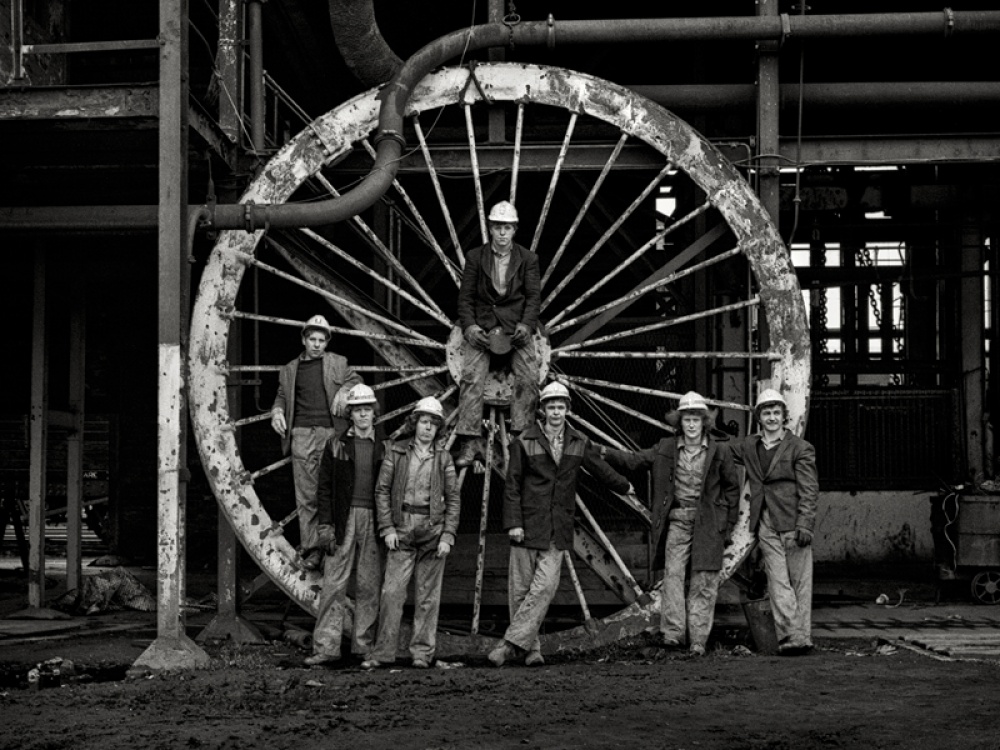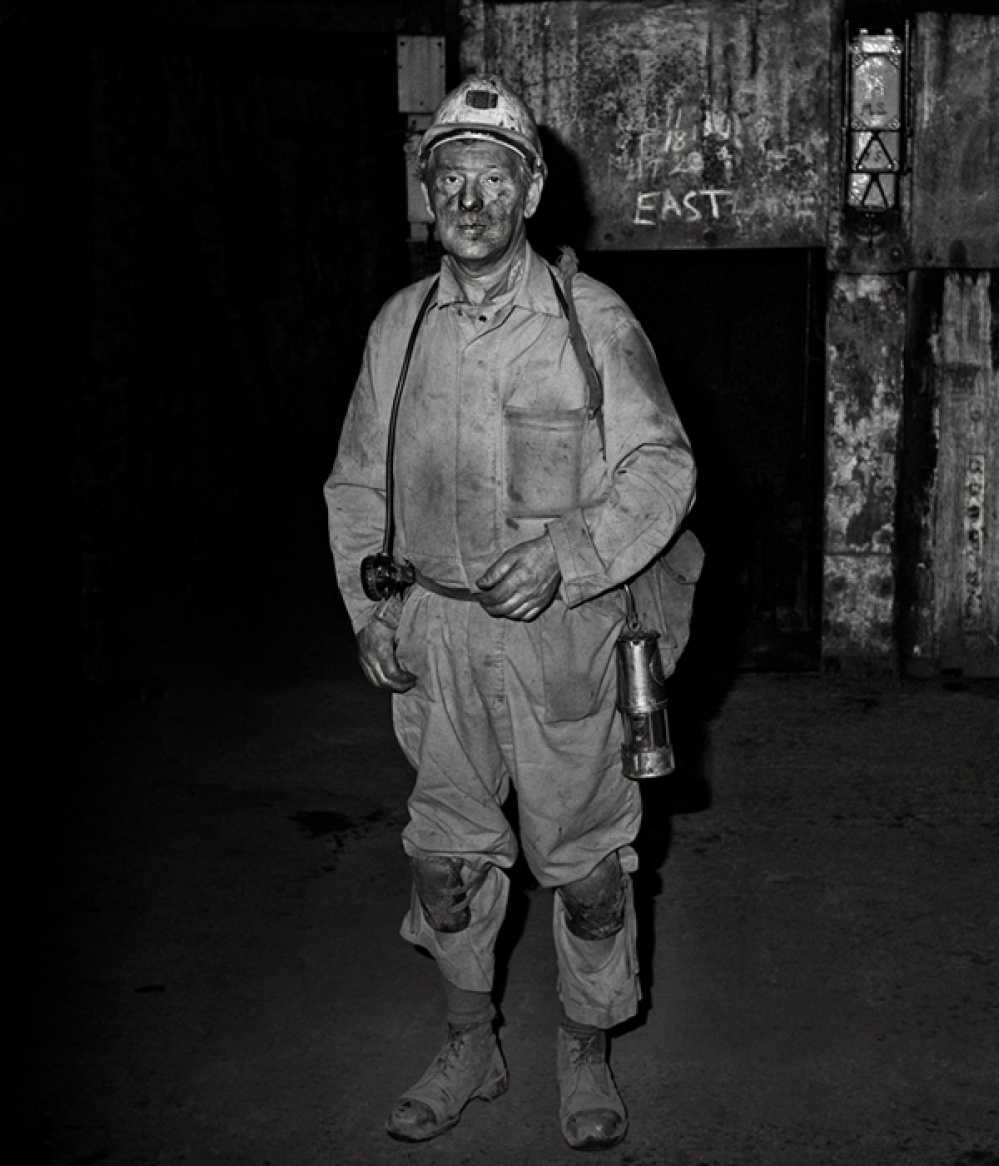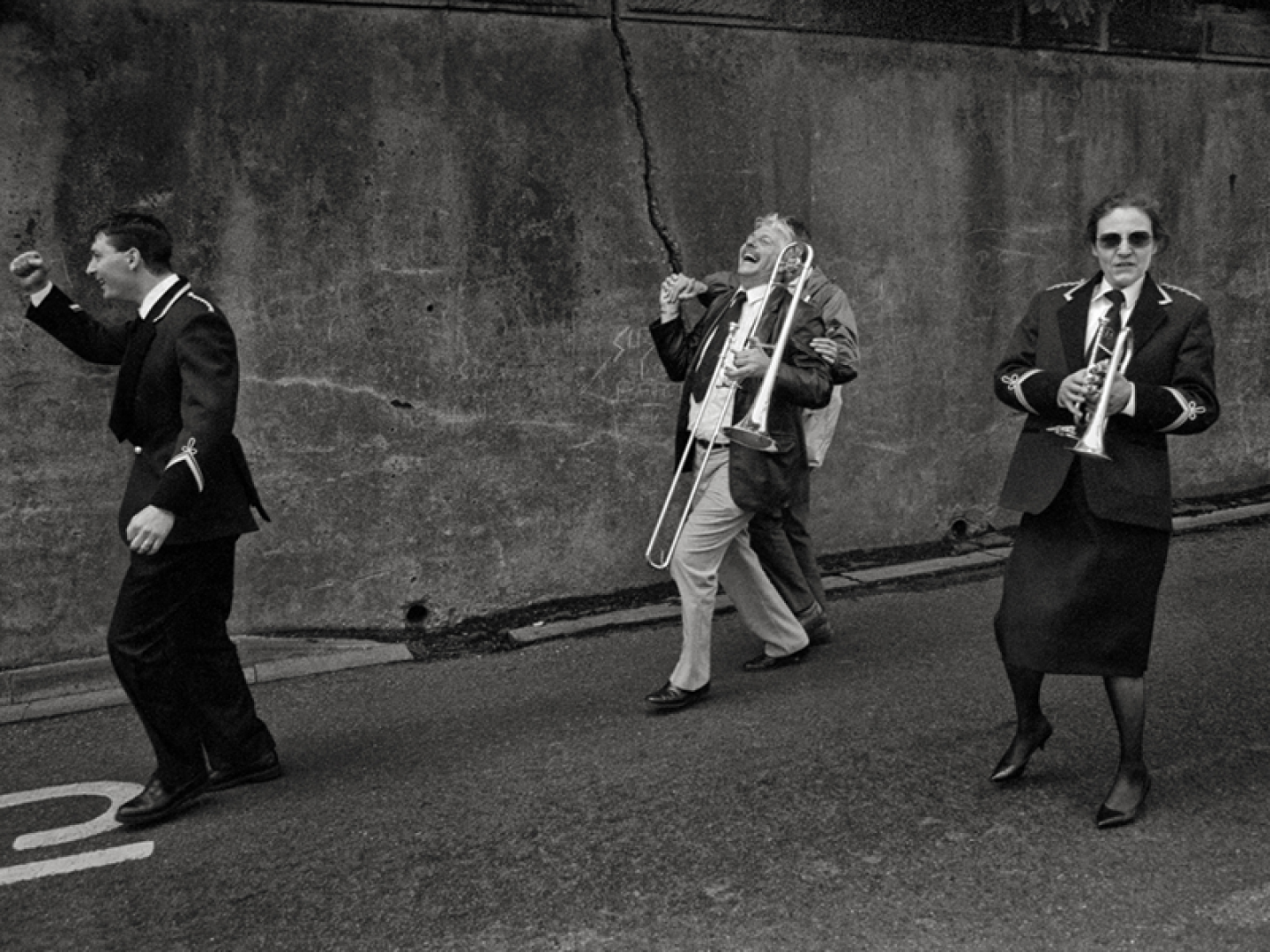Discover the Work of Ashington Photographer Mik Critchlow

Northumberland's Woodhorn Museum is the new home of Mik Critchlow Collection; a new gallery celebrating the Ashington documentary photographer
The Coal Town Collection will showcase more than 100 photographs from Critchlow’s Coal Town archive, which first went on display at Woodhorn Museum in November 2021. Chronicling the town and people of Ashington over four decades, ‘Coal Town’ provides a rare glimpse inside the town’s coalfield communities, and captures periods of major social, economic and political change in Northumberland. Critchlow personally selected each photograph from his archive for the original exhibition.
The Coal Town Collection will also feature personal items on loan from Critchlow’s family, including cameras he collected and used during his career, unseen photographs, and other personal ephemera that provide an insight into the man behind the camera.
The new exhibition will celebrate the legacy of Critchlow and his work, and the hugely important role he played in documenting the end of Northumberland’s mining history.


Born and raised in Ashington, Mik Critchlow began photographing the people and street life of his hometown in 1977 after seeing an exhibition by The Ashington Group (also known as the Pitmen Painters). He eventually amassed an archive of more than 50,000 pictures over a 44-year photography career.
Mik’s family moved to Northumberland in the mid 1800s to work in the region’s coal mines, and he often referred to coal as being ‘in our blood’. Mik’s grandfather worked at Woodhorn Colliery for 52 years, his father spent 45 years as a miner, and his two brothers also spent 25 years working underground.

‘Mik saw the Coal Town exhibition as the culmination of his life’s work within the area,’ says Maureen Critchlow, Mik’s wife. ‘Even though he’d worked on many projects further afield, it was this one, spanning a period of over 40 years, that was most special to him. He had a deep understanding and empathy for the people who lived and worked in his home town.
‘Mik had a longstanding association with Woodhorn Museum, having exhibited his work there many times over the years, and attending many a Miner’s Picnic day. The museum also holds a collection of his original exhibition prints from the 80s in its archive. He would have been honoured to have his work permanently housed in the museum to enable many more people to view it.’
Mik’s daughter, Shona Brown, adds: ‘My dad had an effortless ability to capture people’s emotions and personalities while simply going about their daily life. Quite often, when looking back on the mining era, it’s easy to automatically think of “the miners” themselves, and not their families or the effects the devastating loss of the industry had on the wider community.
‘The selected images were personally chosen by my Dad back in 2021, capturing community life over four decades and creating a breathtaking display.’
Speaking about the Coal Town exhibition in 2021, Mik said: ‘For the past 44 years I have photographed the town, people and surrounding areas of Ashington, Northumberland, the town in which I was born, educated and still live.
‘Ashington as a community owes its very existence to coal mining, and although the extraction of coal was the major dominant factor in their lives, miners and their families shared many interests. There was always a strong tradition of community life.
‘People would often ask me, “why are you photographing me? I’m not royalty”, and I would say, “you’re my royalty, you’re just as important”. I’ve always told people they’re important. I was photographing them for history really.
‘After all these many years, I feel that I'm bringing these people back to life again, back home where they all belong.’
The Coal Town Collection will open at Woodhorn Museum on 24th May. Go to northeastmuseums.org.uk to find out more.









